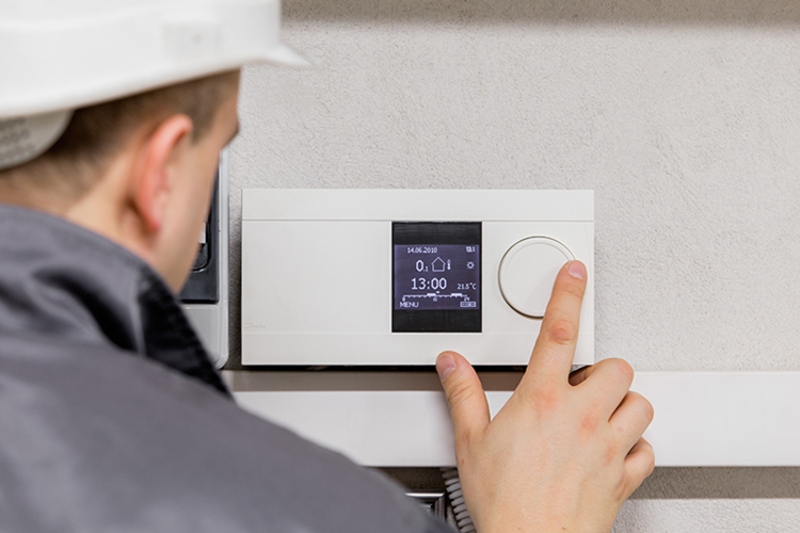Taking care of your heating, ventilation, and air conditioning (HVAC) equipment keeps it at top-rate efficiency. It starts with changing your HVAC air filter at least every 90 days. An air conditioning unit with a consistently clean filter uses up to 15 percent less energy, according to the U.S. Department of Energy (DOE).
Continue ReadingA heating, ventilation, and air conditioning (HVAC) air handler unit, or AHU, may resemble a furnace in appearance, but its purpose is very different.
Continue ReadingIf your furnace is producing a strange smell, you should always treat it with caution. While the cause for the odor may be benign, it could just as easily be harmful to inhale.
Continue ReadingIf you have a large home with multiple stories or a large household with family members who prefer different temperatures, consider installing a zone control system.
Continue Reading


